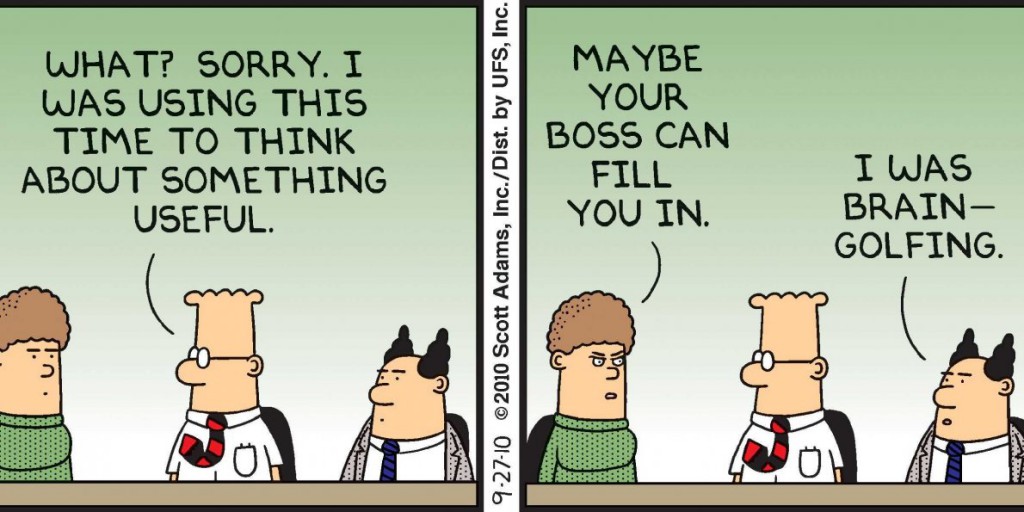 I am intrigued with the #SixtyBooks notion (“60 in ’16” so to speak), though I know that is well beyond me. While few who know my work and teaching would think even half that possible given my commitments, I really welcome the idea–or creative challenge–to read and write more. Better to spend my time thinking new thoughts and wanting to discuss them with others, than to only think without this engagement.
I am intrigued with the #SixtyBooks notion (“60 in ’16” so to speak), though I know that is well beyond me. While few who know my work and teaching would think even half that possible given my commitments, I really welcome the idea–or creative challenge–to read and write more. Better to spend my time thinking new thoughts and wanting to discuss them with others, than to only think without this engagement.
If too many books will not work, as I have thought about this all day, then how about articles!? Still learning, still reading, and still sharing what I read!
I was thinking about an article a day, though with the explicit notion that I will NOT make it too complicated and long (and thus too much like work), as I know that one can be too rigid and not workable.
Nevertheless, let me try it for this week, and see how it goes. THEN I can consider it for the New Year. Not an excuse at all . . . more like a test drive.
So, following my initial article summary idea:
When thinking about summarizing research, this seems an outline, at least in general, for an approach to capturing and sharing the essence of (much? most?) research articles:
- Reference to the Article
- Context
- Problem / Purpose / Research Questions
- Literature / Theoretical Framework
- Methodology & Method
- Results / Discussion
- Conclusion / Significance
- Link Back (to a combined post, with some applicable tags (e.g., #clmooc, #365Papers, #connectedlearning, #rhizo15, etc.)
So, 5-8 Tweets in total, including a link to the combined blog post.
Simple, though still too demanding. I have to keep reminding myself that I am trying this to Learn, Think more informed Thoughts, and Share with Others. Why make it more complicated than needed. If others find some value, then great!
Let me try this slightly easier format:
- Reference to the Article
- What attracted me to this Article?
- What is it about (Problem / Purpose / Research Questions)?
- Where does this come from (Literature / Theoretical Framework)?
- What did they do (Methodology & Method)?
- What did they learn (Results / Discussion)?
- What did I learn?
- Link Back to my post (with some useful tags, such as #30Papers, #connectedlearning, #rhizo16, #humanMOOC, etc.)
AND, let me now do this with the first article!
Reference to the Article
Just read Lundgren & Blom (2015) Textual objects and strategizing: the influence of documents as active objects… http://doi.org/10.1080/14697017.2015.1120765
What attracted me to this Article?
I find enormous value in #Actor-Network Theory, and believe the power of text is often unappreciated until we receive its force #ANTheory
What is it about (Problem / Purpose / Research Questions)?
Active, textual objects in organizations support or limit human agency, affecting approaches to knowledge, skills, and attitudes #ANTheory
Where does this come from (Literature / Theoretical Framework)?
Textual objects are constructed, deconstructed by others, and reconstructed with org understanding into levels of authority #ANTheory
What did they do (Methodology & Method)?
The case study explored an organizational mission and vision as authoritative, then objectified, and eventually recursive? #ANTheory
What did they learn (Results / Discussion)?
Textual objects can become authoritative and contribute to strategic recursiveness. They gain agency, though orgs always move #ANTheory
What did I learn?
The US Constitution is an active textual object wielded to support or limit rights under the guise of unchanged intentionality #ANTheory
Link Back to my post (with some useful tags, such as #30Papers, #connectedlearning, #rhizo16, #humanMOOC, etc.)
OK, given this (which took a LOT longer than just reading), what thoughts, ideas, or suggestions do you have?
A First Paper Summary: Texts and Strategic Recursiveness #Actor-Network Theory #ANTheory #humanMOOC #SixtyBooks https://t.co/HjLBQULYtN
That there was my first creative? Paper Summary https://t.co/HjLBQULYtN #Actor-Network Theory #ANTheory #humanMOOC #clmooc
.@francesbell I see @JeffreyKeefer’s started sharing his public article reading project: https://t.co/k2A5020b0j & https://t.co/FHGBztqaKg
RT @mark_mcguire: .@francesbell I see @JeffreyKeefer’s started sharing his public article reading project: https://t.co/k2A5020b0j & https:…